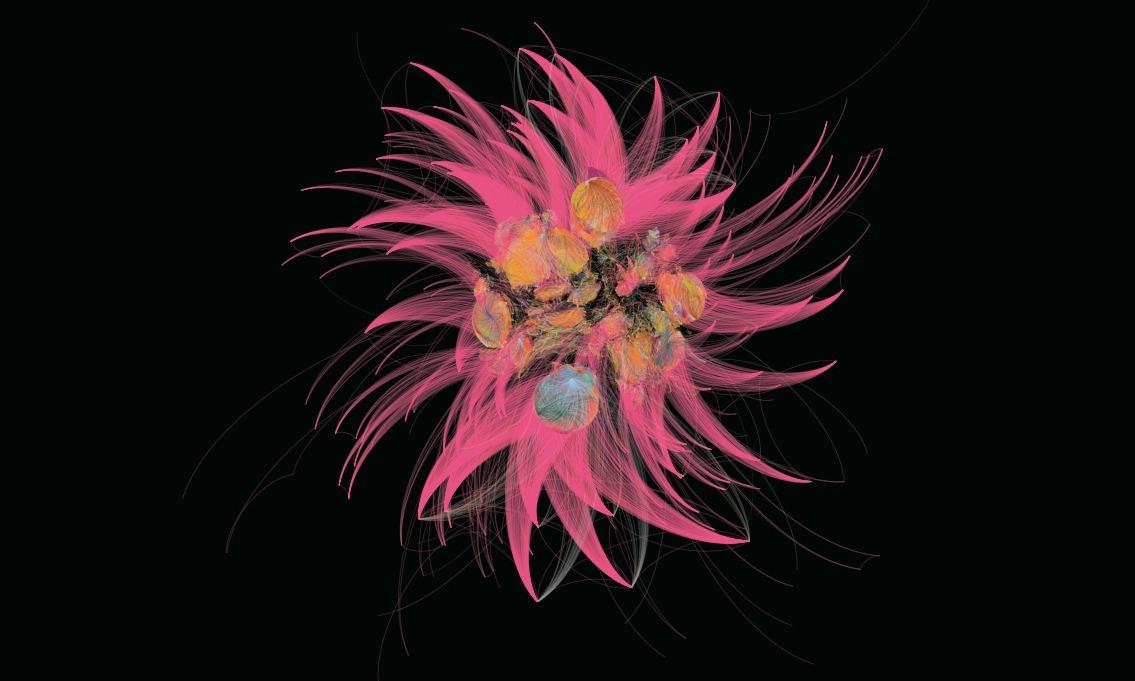An Artist Takes Selfies of His Microbiome
Selfies come in many shapes and sizes: historical selfies, hijacker selfies, funeral selfies. Even bear chase selfies! But Franois-Joseph Lapointe, a Montreal-based artist and biologist, has made what may be the first microbiome selfies — gloriously colorful self-portraits created from the bacteria living in and on his own body.
The microbiome, of course, is that collection of bacteria we all carry around inside of us. The cells in the microbiome outnumber our own cellsby ten to one, and we rely on them to help digest our food, make vitamins, and do lots of other important stuff. Out-of-whack microbiomes have been linked with health problems like diabetes, obesity, auto-immune disorders, cancer, and depression, among other bad things.
But for Lapointe, “the microbiome is something that you can hack,” he says. “It’s empowering to people.” How exactly do you “hack” your microbiome to take a selfie? Lapointe does it by taking samples of his oral or gut bacteria before and after doing something like eating a hamburger. He then sequences the samples’ DNA, and charts the genetic connections among the different species of bacteria living inside him. He’s left with colorful charts showing those connections, which look a bit like maps of the globe showing international flights.
For a performance piece he calls “1,000 Handshakes,” Lapointe starts with sterilized hands, then goes around exchanging handshakes with strangers in a crowded place (a conference on art and technology in Berlin, for example). Every 50 handshakes, an assistant swabs his palms for a sample.
Looking at the series of microbiome selfies made from each of the swabs, you can start to see communities of bacteria developing. “These are social networks —it’s like a Facebook network for bacteria,” Lapointe says. “In a Facebook network or Twitter, the nodes would be individuals. In this case the nodes are not individuals. They’re bacterial species.”
What do these images tell us? Lapointe wants people to understand how much our microbiome is influenced by the food we eat, the people we meet, and the things we do. “Your microbiome identity, it’s constantly changing,” he says.
You can see more of Lapointe’s work in a virtual exhibit called “Gut Instinct” at the SciArt Center.
Our coverage reaches millions each week, but only a small fraction of listeners contribute to sustain our program. We still need 224 more people to donate $100 or $10/monthly to unlock our $67,000 match. Will you help us get there today?
